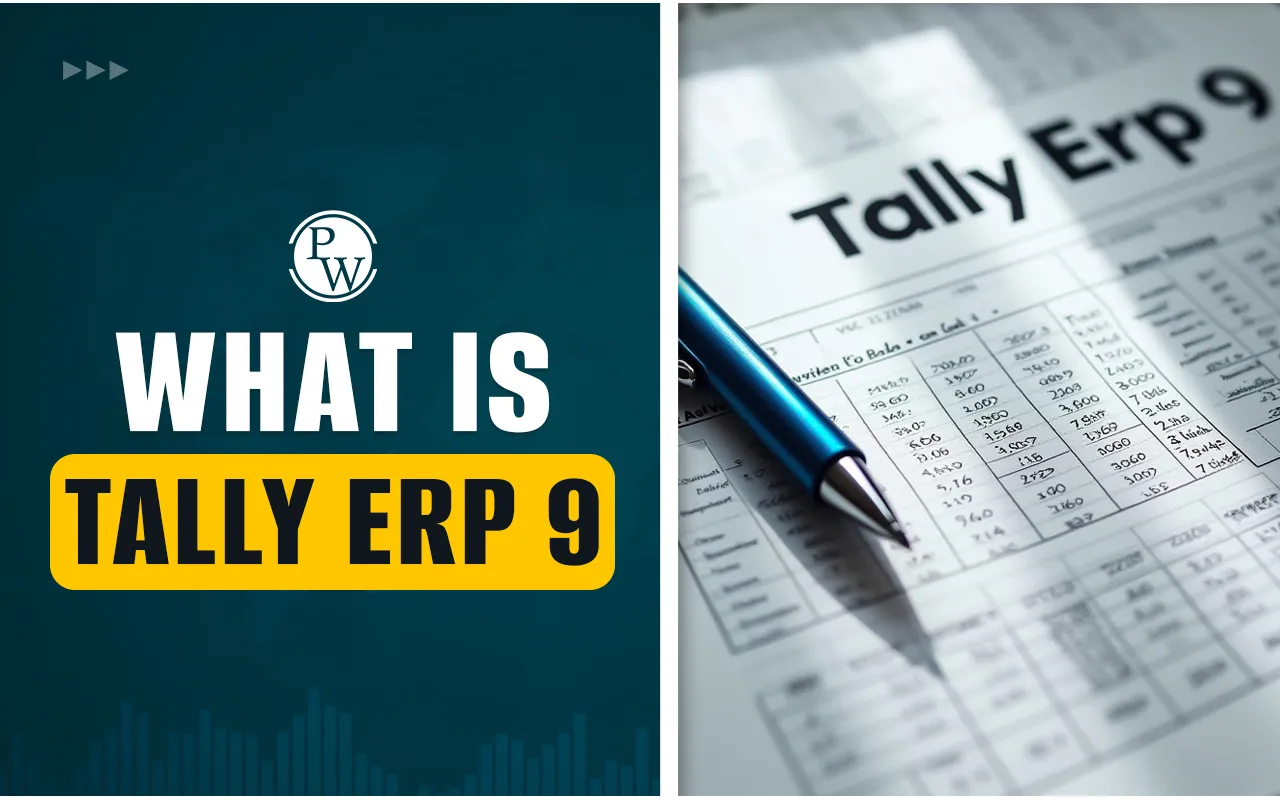
Cost center is a crucial internal unit in an organization that plays a key role in operational efficiency. While it does not directly contribute to revenue, it is responsible for managing internal costs and supporting core functions. Whether it's human resources, IT, or administrative services, these departments help maintain structure and ensure smooth day-to-day functioning. Understanding the purpose and functioning of a cost center helps in grasping how organizations maintain cost discipline while pursuing larger business objectives.
What is a Cost Center?
A cost center refers to a department, unit, or function within a company that incurs expenses but does not directly contribute to revenue generation. Rather than bringing in income, its role is to support other departments that do. Examples include human resources, IT services, accounting, customer service, and maintenance. These departments are essential to the smooth functioning of any business, even if their financial contribution isn’t as directly visible as that of sales or production.
The purpose of a cost center is not to earn profit but to manage costs effectively while supporting the organization’s broader objectives. These units ensure that the company runs efficiently and can meet its operational demands without unnecessary expenditure.
What is Cost Centre in Cost Accounting
Cost centre in cost accounting is a department, unit, or section within an organization where costs are incurred but which does not directly generate revenue. It is mainly used for tracking, controlling, and managing expenses efficiently. Cost centres help management understand where money is being spent and identify areas for cost reduction. Examples of cost centres include departments like Human Resources, Maintenance, or IT Services, which support the business but do not directly produce goods or services.
Cost Centre Examples
Cost centres are an important part of cost accounting because they help organizations track and control expenses in different departments. By identifying and analyzing costs in each centre, businesses can improve efficiency and make better financial decisions. Below are some common examples of cost centres found in most organizations:
-
Production Department: Incurs costs for manufacturing but may not directly sell the product.
-
Sales and Marketing Department: Spends on promotions and advertising without generating direct income.
-
Maintenance Department: Responsible for upkeep of machinery and equipment.
-
IT Department: Handles software, hardware, and networking support.
-
Human Resources (HR): Manages employee welfare, recruitment, and training.
How a Cost Center Works
A cost center works by focusing on controlling and monitoring the costs associated with a specific activity or service. It allows businesses to allocate expenses accurately and helps in budgeting, forecasting, and internal performance evaluation. Cost centers operate under defined budgets, and their performance is generally assessed by how well they adhere to those budgets.
Organizations typically track expenses associated with a cost center using accounting software and internal reports. Costs such as employee salaries, office supplies, and operational overheads are recorded and analyzed to ensure they are being managed appropriately. By doing this, businesses can make informed decisions about where to reduce costs or increase efficiency.
Read More: Tally Accountant Job Description & Salary
Types of Cost Centers
Cost centers can vary based on the nature of their operations. Understanding the Types of Cost Centers helps businesses in assigning responsibilities and managing budgets more effectively. Here are the primary categories:
Service Cost Centers: These include departments like IT support, legal services, and customer care. They provide internal services essential for the smooth running of other departments.
Production Cost Centers: These are involved in manufacturing or production processes but do not directly sell goods. Their function is to assist in transforming raw materials into finished goods. Examples include machine maintenance or quality assurance teams.
Administrative Cost Centers: Departments such as HR and administration fall under this category. They handle employee records, company policies, and organizational planning.
These classifications help in streamlining operations and understanding the specific contributions of each unit.
Read More - Tally Prime vs Tally ERP 9: Differences and Which One to Choose?
Importance of Cost Centers in Business
Even though cost centers don’t contribute to direct profits, they offer numerous strategic advantages:
Operational Efficiency: They help ensure that internal processes are running smoothly, reducing downtime and inefficiencies.
Better Budgeting: Tracking and analyzing costs help in allocating budgets more effectively and identifying wasteful expenditure.
Accountability: Assigning costs to specific centers promotes responsibility among department heads to manage their expenses prudently.
In addition to enhancing internal control, cost centers promote collaboration by ensuring that resources are shared and optimized among various departments.
Cost Allocation Methods
Since cost centers do not generate income, businesses must distribute their costs across revenue-generating departments. This is done through cost allocation methods. Common approaches include:
Direct Allocation: Assigns costs directly to the departments that use a service. For instance, if the sales department exclusively uses a CRM tool, its costs are charged to sales.
Step-Down Allocation: In this method, the costs of the primary support service (like IT) are allocated first, followed by secondary services (like HR), distributing expenses across departments sequentially.
Activity-Based Costing: This method allocates costs based on the actual usage of services. Departments that use more resources will bear a larger portion of the costs.
Each of these cost allocation methods plays a crucial role in accurate budgeting, financial analysis, and informed decision-making.
Managing Cost Centers Effectively
While cost centers are indispensable, managing them requires a strategic approach. Key strategies include:
Setting Realistic Budgets: Allocate appropriate funds based on the historical and projected needs of each center.
Regular Monitoring: Track expenses in real-time and generate periodic reports to catch any irregularities or overspending.
Performance Metrics: Although cost centers don’t generate revenue, performance can be measured through KPIs such as customer satisfaction (for customer support), system uptime (for IT), or compliance rates (for HR).
A well-managed cost center contributes to better organizational health by reducing inefficiencies and enhancing productivity across departments.
Example of a Cost Center in Action
Consider a manufacturing company with a large IT department. Although the IT team does not manufacture or sell products, it ensures that all systems and machinery are working correctly, emails and communications are seamless, and the cybersecurity protocols are intact. While IT does not bring in money, without it, the production and sales teams would struggle to function effectively.
In this case, the IT department is a typical cost center, supporting revenue-generating departments and playing a critical role in the company's success. The costs incurred by the IT team are then distributed to departments that benefit from their services using one of the discussed cost allocation methods.
The concept of a cost center is vital in understanding how companies manage internal operations, allocate expenses, and maintain financial discipline. While they might not directly boost the bottom line, cost centers are foundational to the structural integrity and efficiency of any business.
Through effective management and strategic use of cost allocation methods, businesses can ensure that every department contributes meaningfully to the overall goals. Recognizing and valuing cost centers as critical support functions is essential for long-term sustainability and growth.
Understanding what is a cost center is, its types, and how it works is fundamental to smarter business decisions. Whether in finance, administration, or IT, each cost center has a unique role in pushing the company forward, one cost-saving measure at a time.
PW Tally Course
We provide comprehensive Tally Prime courses that include complete training in Tally ERP Prime and GST applications. Prepare yourself with important financial knowledge and skills as you prepare for accounting careers. Gain practical knowledge of financial reporting, GST compliance, and transaction management. To advance your profession, get a qualification and practical experience. Enroll in either the PW TallyPrime Basic or PW TallyPrime Advance online courses right now!
Cost Center FAQ
What is the main function of a cost center in an organization?
How is a cost center different from a profit center?
Why are cost centers important for budgeting and financial control?
What are the common types of cost centers in a business?
How are expenses assigned to cost centers?
Difference between cost center and profit center
What is a cost center in cost accounting?










